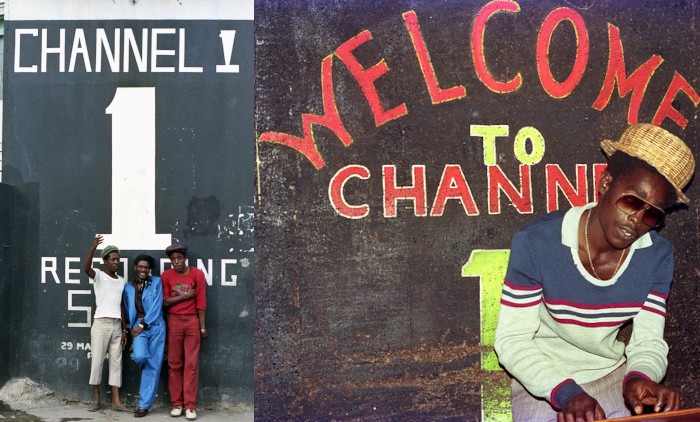In the late 1960s, Kingston was a vibrant city fueled by the rhythms of ska and rocksteady. Against this backdrop, the four Hoo-Kim brothers – Joseph (Jo Jo), Ernest, Paulie and Kenneth – laid the foundation for what would become a reggae mecca: Channel One.
History of Channel One Studios
The Hoo-Kim (sometimes also spelled Hookim or Hoo Kim) brothers were born in Jamaica to parents of Chinese heritage. They grew up in the Maxfield Park area of Kingston and enjoyed listening to music. As teenagers, they appreciated Sir Coxsone’s Downbeat.
They were initially involved in the slot machine business. But when the Jamaican government considered declaring gambling games illegal, the older brother Jo Jo felt inspired to move into the music business.
That’s how the four brothers opened their first sound system called Dynamic Sound Studio in 1970. They would rename it Channel One in 1972 when they opened their studio on Maxfield Avenue.
The music scene in Jamaica was about to be transformed.
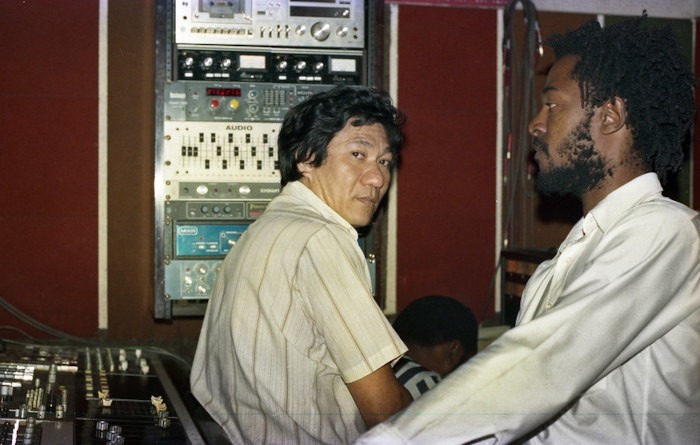
“Paulie and Kenneth were music lovers while Ernest and Jo Jo were the businessmen. If Paulie was the inspiration, Jo Jo was the backbone; it was Jo Jo’s idea to build a studio and he was the one who made it happen. Kenneth and Paulie remained in charge of the sound system while Jo Jo and Ernest began building the studio. […] Channel One was singlehandedly built in 6 months by a man named Bigga”.
Dancehall – The rise of Jamaican dancehall music by Beth Lesser
How Channel One defined the reggae genre
Channel One became the place to be in 1975 when it released I Roy’s “Welding”, followed by The Mighty Diamonds‘ “Right Time”.
Horace Andy, Leroy Smart, The Wailing Souls, The Jays, and Jimmy Cliff were other artists who made successful recordings at Channel One.
Every great studio needs a phenomenal house band, and Channel One had one of the best – The Revolutionaries. Led by legendary drummer Sly Dunbar and bassist Robbie Shakespeare, the band provided the backbone for countless reggae hits and became synonymous with the unique sound of Channel One.
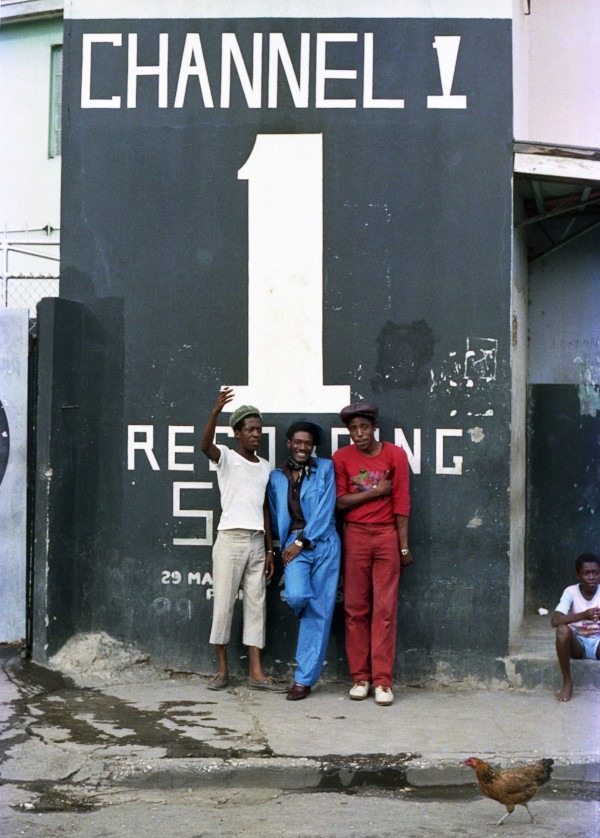
Channel One, the first dancehall label
In the mid-1970s, Jo Jo popularised the concept of pressing the 12-inch 45, and other producers subsequently adopted this idea. The 12-inch “Disco 45” featured a vocal track followed by a deejay toasting on the same rhythm or a dub mix, blended seamlessly together. This was Channel One’s first step towards the dancehall scene.
The next big step would come in 1979 when Channel One became a pioneer in adopting the 16-track recording system and became famous for its cutting-edge technology.
16-tracks means the number of tracks that can be laid down on a tape simultaneously, i.e., bass, guitar, drums and so on. This allowed artists to experiment with layering and creating a rich, immersive sound experience.
“As a promotion (that worked), the Hoo-Kim brothers offered producers a free test-run of the new equipment. Bunny Lee was the first to take them up on the offer; he came in with his old friend and artist, Delroy Wilson.”
Dancehall – The rise of Jamaican dancehall music by Beth Lesser
By 1983, the studio was heavily booked by outside producers, such as Henry ‘Junjo’ Lawes, and became the place to be for making dancehall records. Aside from finding the legendary Hopeton Brown (a.k.a. Scientist) busy engineering in the studio, it would be easy to meet up with Horace Andy, Frankie Paul, Dillinger, Wayne Smith or Half Pint on any given day in the 1980s.
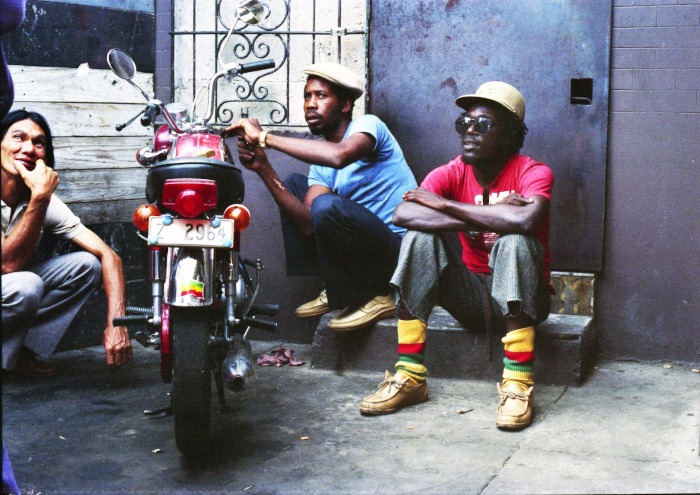
Challenges and legacy of the Hookim brothers
While the Hookim brothers enjoyed widespread success at Channel One, they underwent a challenging period in 1977 when Paulie was killed during a robbery.
The surviving brothers became less involved in music after Paulie’s death and the political unrest that Jamaica faced in the early 1980s.
Despite these hurdles, the studio continued to produce hits and maintain its status as a reggae institution.
Jo Jo moved to New York in 1979 and established himself professionally there. He would return regularly to Kingston to supervise new productions at Channel One. Ernest joined him in NY, where they opened a subsidiary studio in the early 1980s.
Kenneth Hoo Kim died from lung cancer in 2013 (aged 66), Jo Jo died from liver cancer in 2018 (aged 76).
Although the original location on Maxfield Avenue has since closed its doors, Channel One still stands as a living testament to the enduring legacy of reggae music.
-
 Nicodemus – She Love It In The Morning21,00€
Nicodemus – She Love It In The Morning21,00€ -
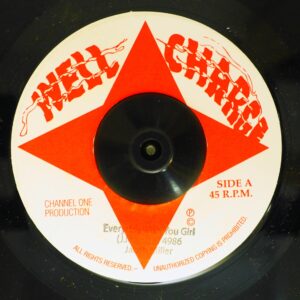 Jacob Miller – Every Day With You Girl14,00€
Jacob Miller – Every Day With You Girl14,00€ -
 Kojak & Liza – Showcase LP24,00€
Kojak & Liza – Showcase LP24,00€ -
 Michigan, Smiley – Step By Step (Hit Bound US-Re) Used19,00€
Michigan, Smiley – Step By Step (Hit Bound US-Re) Used19,00€ -
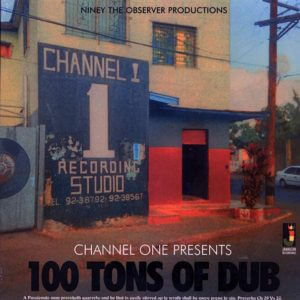 Soul Syndicate – Channel One Presents 100 Tons Of Dub20,00€
Soul Syndicate – Channel One Presents 100 Tons Of Dub20,00€ -
 Scientist – Junjo Presents World Cup Extra Time (Limited Edition)24,00€
Scientist – Junjo Presents World Cup Extra Time (Limited Edition)24,00€ -
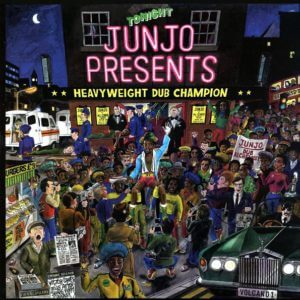 Scientist – Junjo Presents Heavyweight Dub Champion (LPx2)29,00€
Scientist – Junjo Presents Heavyweight Dub Champion (LPx2)29,00€ -
 Clint Eastwood & General Saint – Two Bad DJ22,00€
Clint Eastwood & General Saint – Two Bad DJ22,00€

